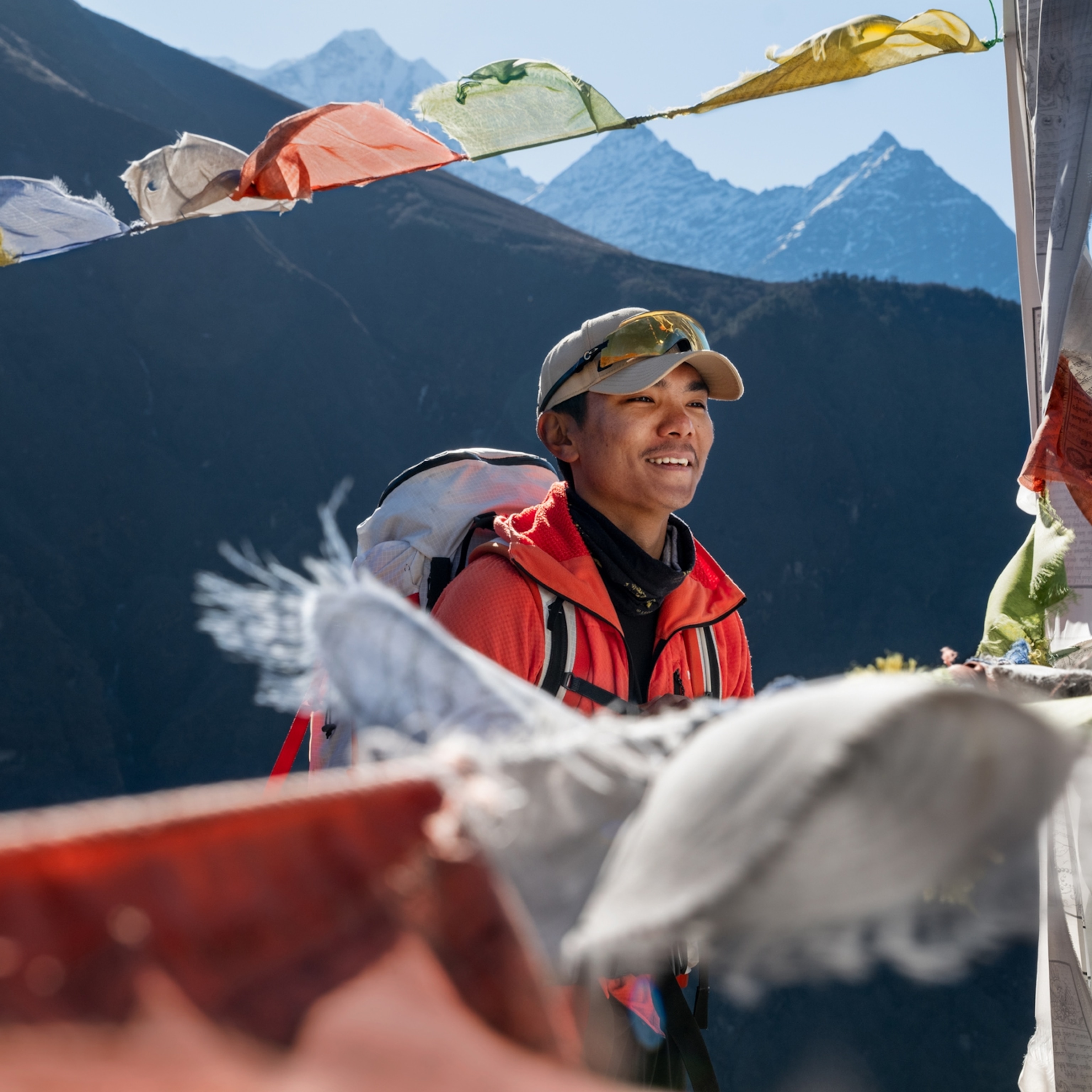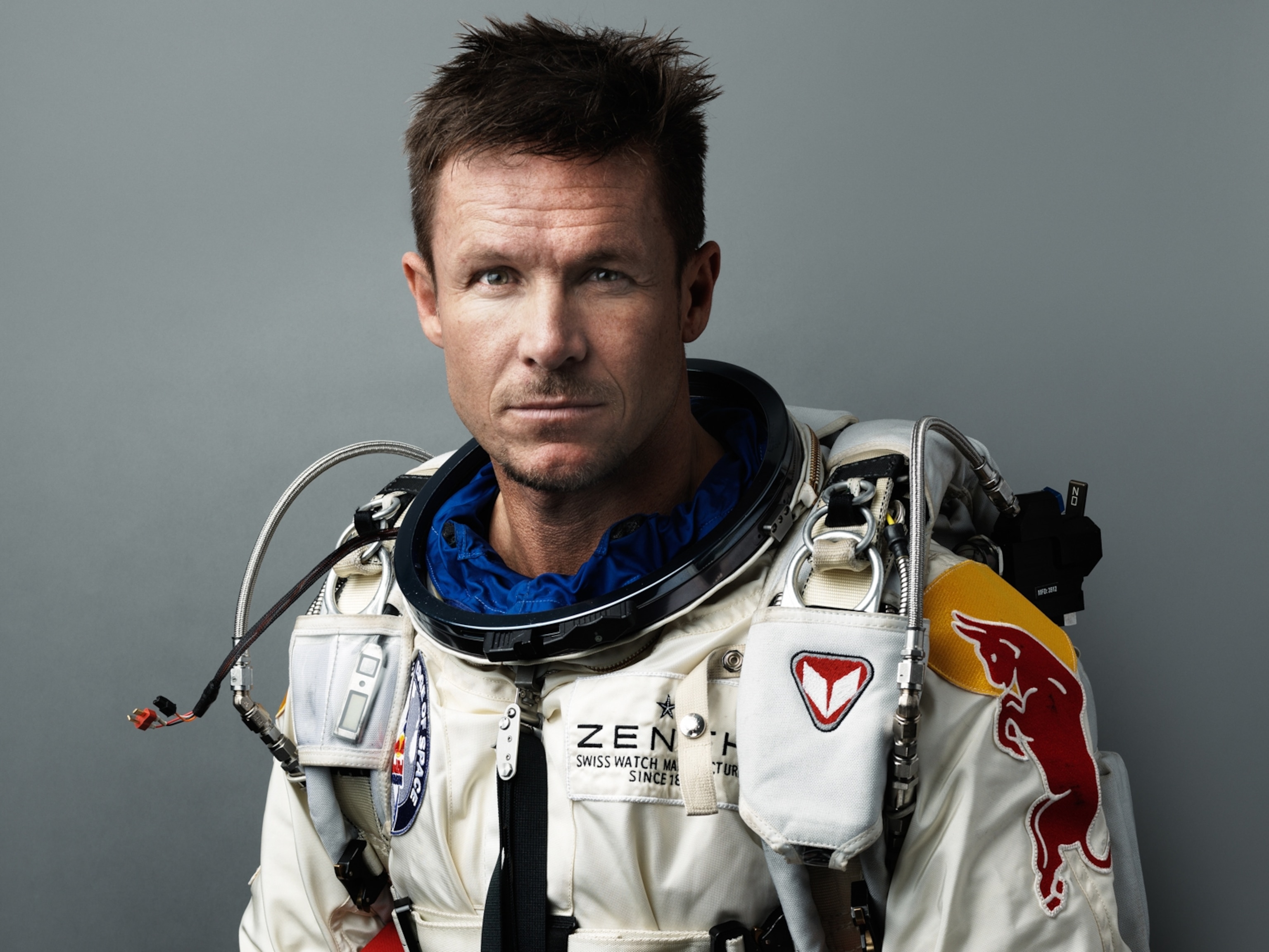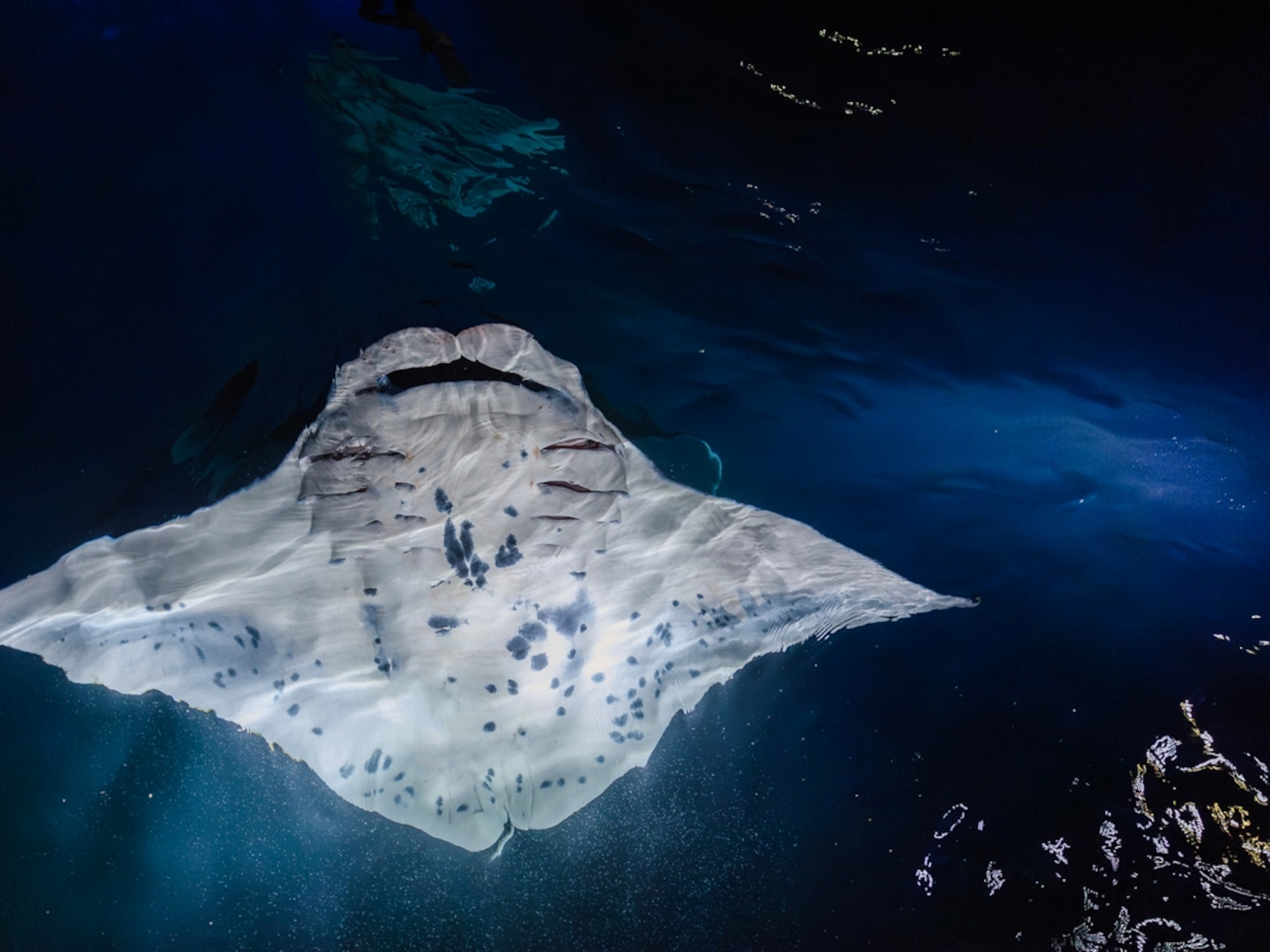
Father of Yosemite Rock Climbing Dies at 82
Royal Robbins pioneered the technique and ethics of big wall climbing.
Royal Robbins, whose visionary first ascents of Yosemite Valley’s big granite walls during the 1950s and ‘60s defined the style and ethics of rock climbing for generations, died on Tuesday, March 14th, in his home in Modesto, California. He was 82.
“He set the whole thing in motion in the boldest possible way,” says climbing author John Long. “He was the king.”
Robbins was born on February 3, 1935 in West Virginia, and raised in Los Angeles. In the postwar, risk-averse culture of the 1950s, Robbins left high school at age 16. With the books of Emerson and Whitman in his pack, he hopped a freight train out of L.A. and embarked on a lifetime of risk and adventure.
He landed in the Yosemite Valley and earned recognition in 1957 when he led a team on the first ascent of the 2,000-foot sheer Northwest Face of Half Dome, previously considered by many to be unclimbable. It was the first remarkable achievement of a résumé that would be defined by boldface firsts.
Among these firsts was a solo climb in 1963 of the West Face of Leaning Tower, the first time a lone climber had summited a big wall. Five years later, he completed the first ever solo of El Capitan.
But perhaps the most important mark Robbins left on the climbing world was not the climbs he completed, but rather the style with which he approached them. In 1967, he and his wife Liz eschewed using pitons—metal spikes hammered into cracks in the rock and attached to ropes—and completed a first ascent in Yosemite using only nuts—a type of anchor that holds a rope and fits into crevices and cracks but, unlike pitons, don’t damage the rock and are easily removable. They called their route Nutcracker, which remains one of Yosemite’s most popular climbs. Today, piton use in Yosemite is considered taboo.
Robbins authored two seminal books, Basic Rockcraft and Advanced Rockcraft, that not only taught generations of climbers how to climb but also introduced the idea that the way one climbs—the style—is even more important than reaching the top.

For Robbins, first ascents were as much about conquering ideas about how climbs ought to be achieved as they were about conquering vertical terrain. His fiercely held beliefs about “clean climbing”, leaving no trace, minimizing the use of fixed ropes, and avoiding fanfare about achievements put him at odds with his contemporary Warren Harding, a boisterous California climber who Robbins first met in the mid-1950s at Tahquitz Rock, in southern California.
“Warren and I quickly became friends,” Robbins wrote in his multi-volume memoir To Be Brave. “We just as quickly became rivals.”
Their paths led them to Yosemite, where Robbins beat Harding to the summit of Half Dome in 1957, a route that Harding had wanted to climb first. The next year, Harding one-upped Robbins by scooping the biggest prize in all of rock climbing: the first ascent of El Capitan. In the process of achieving this success, however, Harding drilled dozens of bolts to which he fixed ropes and then used the ropes to ascend several stretches. His climb—a so-called siege-style expedition—took 45 days, done in separate stretches over a year and a half.
“Harding became a national hero, but I wasn’t among the applauding throng,” wrote Robbins in To Be Brave. “How much of my pique was idealism and how much just envy? I don’t know.”
In 1960, Robbins and three other climbers completed the second ascent of the Nose route on El Capitan, taking just seven continuous days and avoiding the siege tactics that had been employed by Harding and his partners.
In every sense, Robbins and Harding were irreconcilable contemporaries. Harding, who died in 2002, had a fond affection for fast cars, women, and copious amounts of red wine. He relished the spotlight and approached climbing with mischievous irreverence. He taunted Robbins and his partners by calling them the “Valley Christians.”
Robbins, indeed, was extremely serious. His climbing partners at times described him as “a real loner,” “uncomfortable with people,” and “an intense, humorless competitor.” But his commitment to his craft, ambition, voracious appetite for adventure, and vision for new routes earned him respect on the rock, which is where he felt most comfortable.
Robbins and Harding’s rivalry crescendoed with Harding’s first ascent of the Dawn Wall of El Capitan in 1970. Harding and his climbing partner Dean Caldwell relied heavily on bolts to achieve the first ascent of the Dawn Wall. Upon hearing that Harding had placed over a hundred bolts during the first ascent, Robbins was so infuriated that he launched up the second ascent, in 1971, with Don Lauria, with the intention of “erasing the route”—removing each and every bolt as he climbed.
Robbins had presumed, due to the number of bolts Harding had placed, that the climbing would be easy, like a ladder, and ignore the natural features of the rock. After two pitches of climbing, however, Robbins realized that the nature of the climbing was far more challenging than he had originally imagined. Harding’s bolts, in fact, didn’t detract from the adventure.
Robbins ultimately decided to leave the bolts intact, providing future generations the opportunity to challenge themselves on this steep and difficult climb.
- National Geographic Expeditions
In 2015, Tommy Caldwell (no relation to Dean) and Kevin Jorgeson—adhering to the ethics espoused by Robbins yet also relying on bolts to secure their safety ropes—made the first free climb of the Dawn Wall. In some sense, their historic achievement was a fitting synthesis of the Harding-Robbins dichotomy.
In 1968, Royal and Liz founded Royal Robbins, an apparel company for climbers. They sold the company in 2007.
"Royal was a legendary pioneer who approached everything in life with a true spirit of adventure,” says Michael Millenacker, CEO of Royal Robbins. The way Robbins introduced Millenacker to rock climbing spoke to Robbins’s unique and “uncannily effective” leadership style, according to Millenacker. “On my very first climb, Royal tied in, started climbing, and left me with a harness and the end of a rope. As with all outdoor and business pursuits, he led by bold examples.”
In his forties, Robbins developed psoriatic arthritis, a condition that forced him to give up serious climbing. Instead, he discovered a passion for kayaking alongside the late Doug Tompkins, the founder of The North Face. In 1980, Tompkins and Robbins paddled 32 miles of the San Joaquin River Gorge. The next year, they carried their kayaks over Mount Whitney Pass and paddled 55 miles through Sequoia National Park.
Still, Robbins always considered himself, first and foremost, a climber.
“I have learned that the way you look at things can strongly influence the way they turn out,” wrote Robbins in his memoir. “I have given my life to the vertical endeavor and it has repaid me in full, but there are other areas too, such as hopping freights, kayaking, business, marriage, and raising a family, that speak of high adventure. … Life is an adventure and character counts.”






